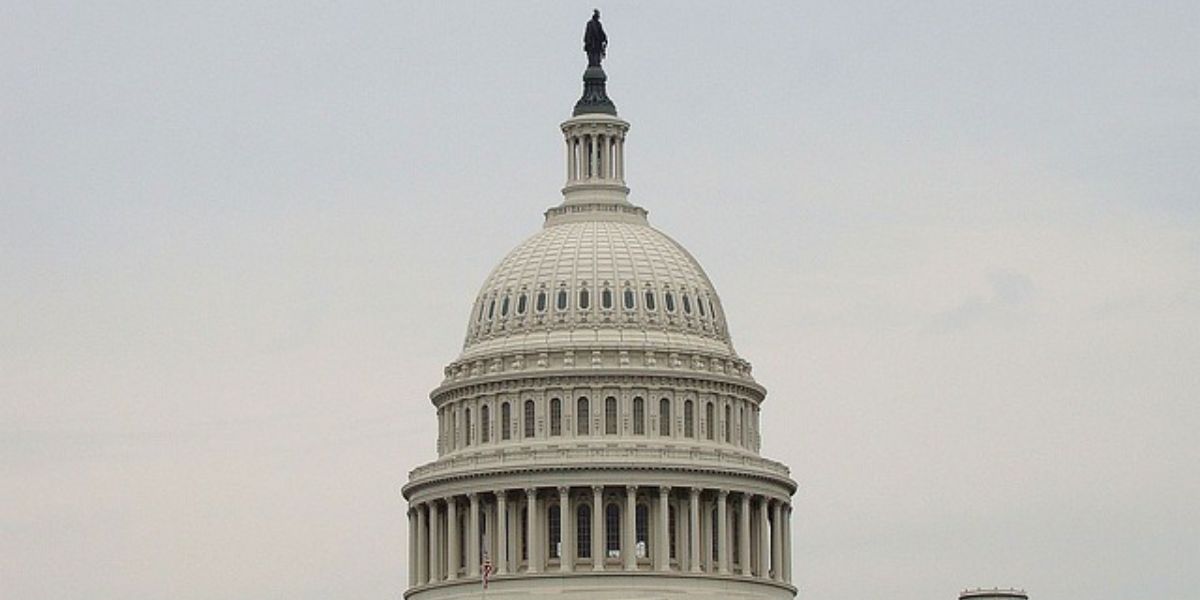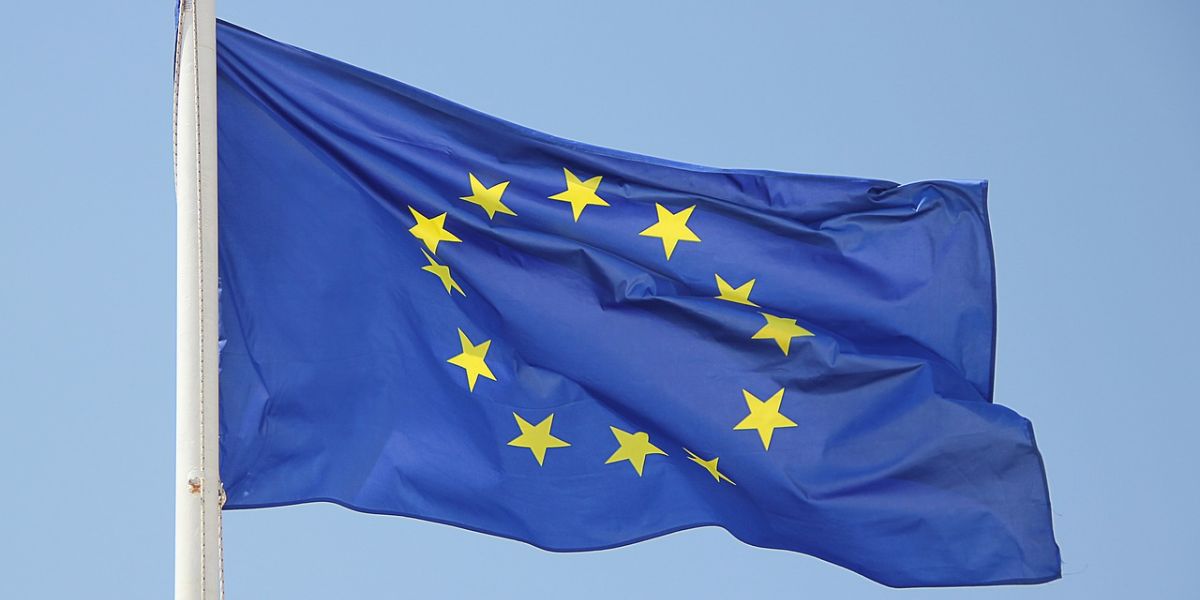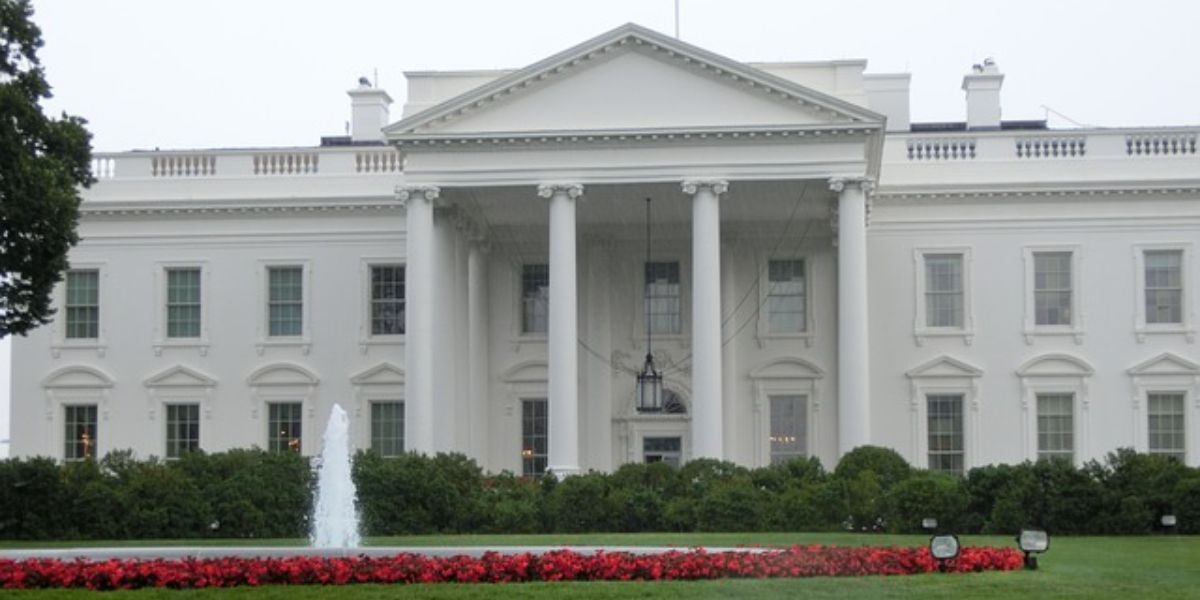US President Donald Trump’s “reciprocal” tariffs on numerous countries, including a steep 104% duties on Chinese goods, officially took effect today, 9 April 2025. In response, China is raising its tariff on the United States to 84%, up from 34%, effective tomorrow, 10 April.
These measures have intensified the global trade war, triggering broader sell-offs across financial markets. Stock markets in the US, Europe, and Asia have all fallen sharply in response. Reports show Trump’s sweeping tariffs have disrupted a global trading system, sparked fears of a looming recession, and erased trillions in market value from major corporations.
Trump has downplayed the market reaction and defended his tariffs, saying they are “permanent”.
Earlier, on 2 April 2025, Trump signed an executive order imposing a 10% baseline tariff on imports from all nations. Trump framed the move as a decisive step against unfair trade practices, asserting that the United States had long been exploited, even by its closest allies such as Canada and the EU.
“For decades, our country has been looted, pillaged, raped and plundered by nations near and far, both friend and foe alike,” Trump said. “ Foreign leaders have stolen our jobs. Foreign cheaters have ransacked our factories. And foreign scavengers have torn apart our once-beautiful American dream.”
China commits to taking action
China is one of the biggest exporters to the US, after Canada and Mexico.
Since taking office in January, Trump has imposed two rounds of 10% tariffs on Chinese imports. The White House says the goal is to curb the flow of illicit fentanyl from China to the US. Combined with existing tariffs, total duties on Chinese goods now exceed 54%. However, Trump has nearly doubled tariffs on Chinese imports to 104%, raising them from last week’s rate of 54%.
This follows President Trump’s signing of an executive order abolishing the de minimis exemption for imports from China and Hong Kong, which was to enter into force on 2 May 2025. In response to Trump’s trade war, Beijing had pledged to take action and defend its interests.
Previously, the US imposed a 34% tariff on Chinese goods. Starting 10 April 2025, China was to impose the same 34% tariff on US imports as a retaliatory measure, which has now been raised to 84%. However, goods shipped before this date and imported by 13 May 2025 will be exempt from the additional tariff.
China retaliated against the US with new trade measures, including tariffs on imports like chicken, wheat, soybeans, and pork. It added 15 US companies to its export control list, banned dual-use equipment sales, halted US lumber imports, revoked licenses for three soybean firms, and launched an anti-dumping probe into US fiber optics.
Then, China’s Ministry of Finance announced it had implemented additional tariffs as a direct response to the reciprocal tariffs previously imposed by the Trump Administration.
“This practice of the US is not in line with international trade rules, seriously undermines China’s legitimate rights and interests, and is a typical unilateral bullying practice,” China’s State Council Tariff Commission said on 4 April 2025.
















